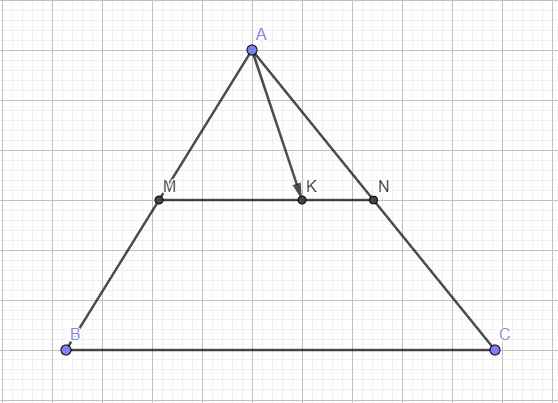cho tam giác ABC , trên cạnh AB , AC lấy hai điểm D và E sao cho \(\overrightarrow{AD}=2\overrightarrow{DB},\overrightarrow{CE}=3\overrightarrow{EA}\) . GỌi M là trung điểm DE và I là trung điểm của BC . Đẳng thức vecto nào sau đây đúng :
A . \(\overrightarrow{MI}=\dfrac{1}{6}\overrightarrow{AB}+\dfrac{3}{8}\overrightarrow{AC}\) B. \(\overrightarrow{MI}=\dfrac{-1}{6}\overrightarrow{AB}+\dfrac{3}{8}\overrightarrow{AC}\)
C. \(\overrightarrow{MI}=\dfrac{1}{6}\overrightarrow{AB}-\dfrac{3}{8}\overrightarrow{AC}\) D. \(\overrightarrow{MI}=\dfrac{-1}{6}\overrightarrow{AB}-\dfrac{3}{8}\overrightarrow{AC}\)

















